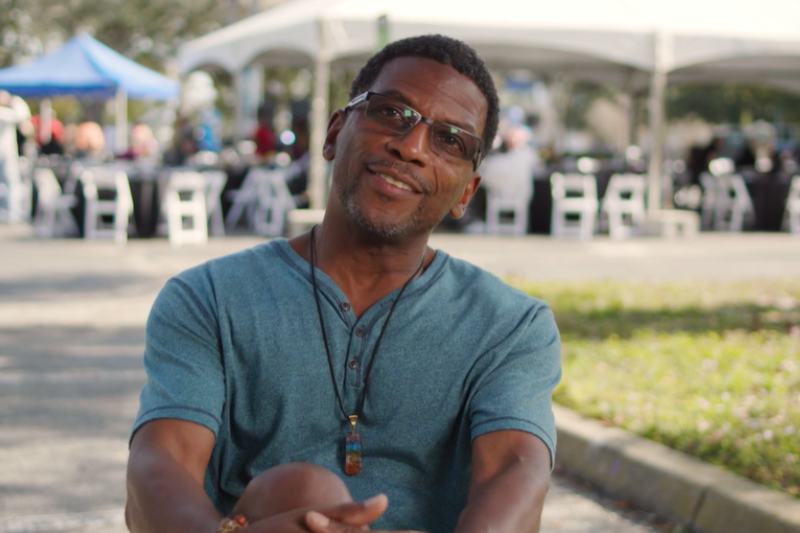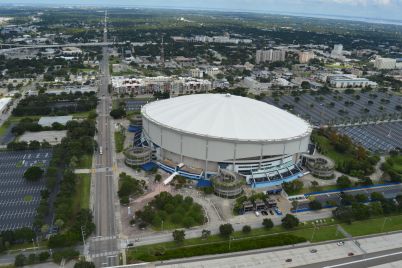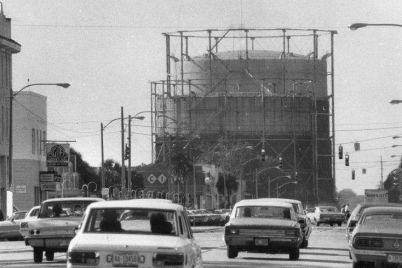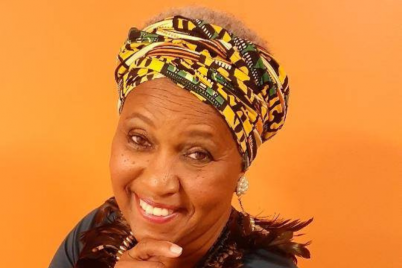At 14 years old, Carlos Lovett and his family were one of the last people to leave the Gas Plant neighborhood before it was razed.
By Frank Drouzas
ST. PETERSBURG — Hundreds of Black families, businesses, churches, and community spaces were displaced or destroyed by the construction of Tropicana Field. Former residents of the Gas Plant and Laurel Park neighborhoods and their descendants share memories of a safe, supportive, and thriving community and the lasting impact of its demolition.
The story of the Gas Plant and Laurel Park neighborhoods is both unique to Pinellas County as well as a history that has been repeated across this country, across generations of Black and Brown communities. If we are to move forward with race equity, we must know, understand, honor, and be changed by our collective past.
Exotic circus animals and the “World’s Most Unusual Drugstore” comprise some of Carlos Lovett’s fond memories from his Gas Plant neighborhood days.
He and his large family — Lovett was one of 11 children — lived at 1218 First Ave. S, and he recalled the years the circus came to town. On the way to the Bayfront Center, the circus trains would make their stops, and young Lovett would excitedly hurry down to see them for himself.
“We’d run down near Webb’s City because that’s where it stopped, and they would let off the animals,” he said. “That’s a happy memory!”
Lovett also recalled visits to the famous Webb’s City, which featured everything from a hardware store to a beauty salon to a meat market, among many other departments. The sprawling store — which at its peak had 77 departments and measured several city blocks –was also a site of protests and sit-ins by members of the Black community during the civil rights era. Lovett remembers that because of his color, he could not enter the store through the front doors in those days.
“I remember when we used to have to go through the back, “he said.
There was a sense of trust and community as well in those days, as he recalled his mother having a line of credit in the area’s grocery store.
“She sent us down there, and we would just get groceries and what we needed, and you know, a lot of it was done by credit,” he recalled.
Born and raised in the neighborhood, Lovett relocated with his family when he was 14, explaining that “we had to move, of course,” and that his was “one the last families here.” He recalled some lean years that followed but also the strong sense of a community bond.
“After that, when we moved, we basically almost became homeless at some point,” he said, “because, you know, it was very poor. It was 11 of us, and I had 10 brothers and sisters, so it was a lot of us! And so, yeah, we had some great times and not-so-great times, but you know, it was family, and the community was connected. You felt the connection.”
Click here to watch videos of residents recalling their gas plant memories.
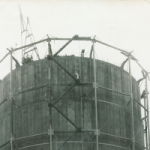 Carlos Lovett recorded his memories of growing up in the Gas Plant District on Dec. 12, 2021, at the Gas Plant/Laurel Park Reunion.
Carlos Lovett recorded his memories of growing up in the Gas Plant District on Dec. 12, 2021, at the Gas Plant/Laurel Park Reunion.

